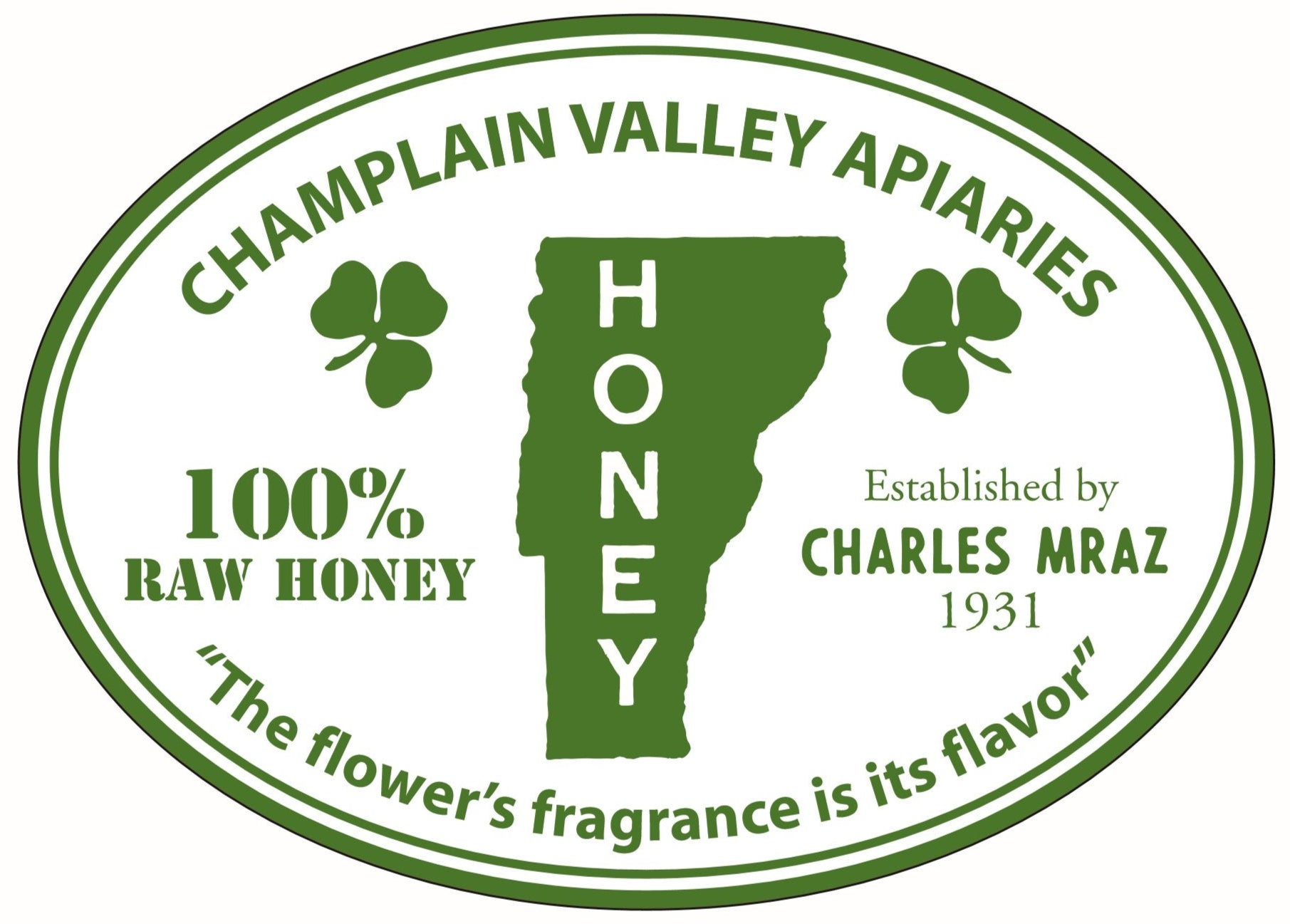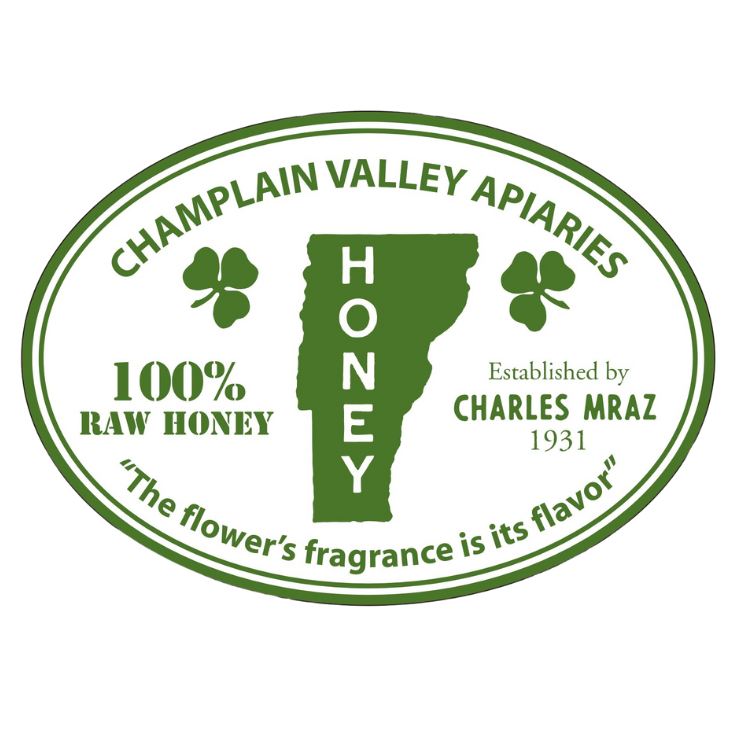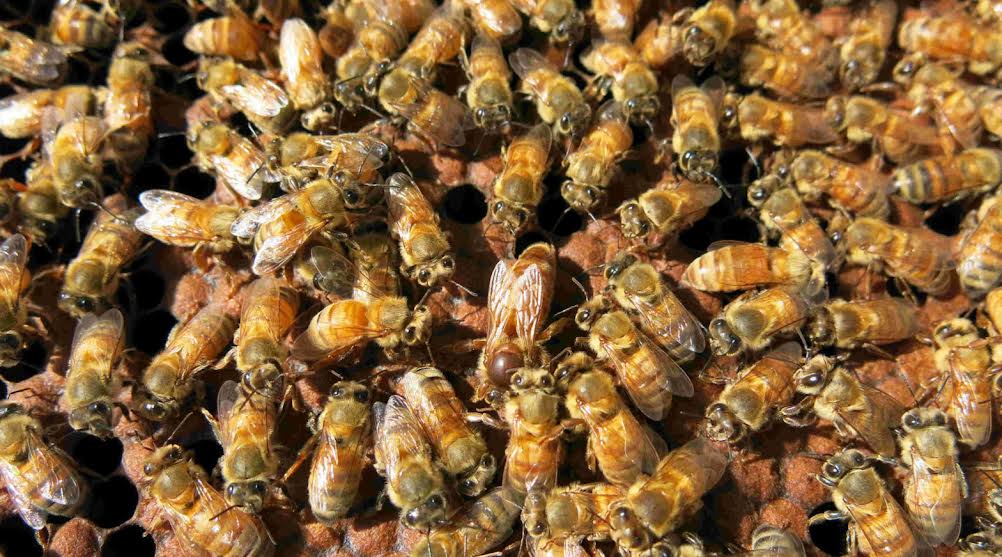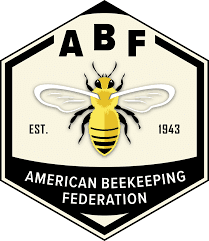
Bee Venom Therapy
🐝 Bee Venom Therapy: The Sting That Heals?
While most people try to avoid bee stings, a small but passionate community believes those stings could actually improve your health. This practice, called bee venom therapy (BVT), involves using the venom from honeybees to treat a range of conditions—often through intentional stings or controlled injections.
It sounds unusual, even extreme—but it's not new. In fact, Champlain Valley Apiary's founder Charles Mraz was one of BVT most dedicated advocates.
💉 What Is Bee Venom Therapy?
Bee venom therapy (BVT) is a type of apitherapy—the use of bee products for health purposes. In BVT, practitioners either apply live bee stings directly to the skin or inject purified bee venom at specific points, often related to pain or inflammation.
Some of the conditions it’s been used for include:
-
Rheumatoid arthritis
-
Osteoarthritis
-
Multiple sclerosis (MS)
-
Chronic pain and inflammation
-
Tendinitis and joint issues
Bee venom contains bioactive compounds like melittin and adolapin, which are known to have anti-inflammatory and pain-relieving properties. Advocates believe that these compounds can stimulate the immune system and reduce chronic inflammation.
🐝 What was Charles Mraz's role?
The founder of our apiary, Charles "Charlie" Mraz, was a pioneering apitherapist who became one of the most well-known proponents of bee venom therapy in the U.S.
From his home in Middlebury, Vermont, Mraz practiced BVT for decades, treating people with arthritis, MS, and other inflammatory conditions. He kept detailed records, gave lectures, and even trained others in the technique. Mraz believed strongly in the healing potential of bees—not just their honey, but their sting.
Charlie worked with doctors and researchers to raise awareness of BVT, and his efforts helped spark interest in apitherapy across North America. In 1995, he published a book titled Health and the Honeybee, outlining his methods and experiences.
Mraz’s work laid the foundation for this field of alternative therapy in Vermont and to this day, many apitherapists consider him the father of modern bee venom therapy in the West.
🧪 What Does the Science Say?
Scientific research into bee venom therapy is still ongoing. Some small studies have shown promising results—especially in reducing symptoms of rheumatoid arthritis and chronic inflammation—but more rigorous, large-scale trials are needed.
Bee venom’s active components are being studied not only for inflammation but also for potential neurological and immune-modulating effects. However, it's important to separate carefully monitored medical research from anecdotal claims.
⚠️ Risks and Controversies
Despite anecdotal success stories, bee venom therapy comes with real risks, including:
-
Severe allergic reactions, including anaphylaxis
-
Localized pain, swelling, or bruising
-
Lack of strong clinical evidence for many of its claimed benefits
Because BVT is not widely accepted in conventional medicine and allergy testing is strongly recommended beforehand, we do not administer bee stings at Champlain Valley Apiary anymore and suggest extreme caution when trying it. That being said, our beekeepers have extensive anecdotal stories of bee stings helping relieve their symptoms of colds, sore muscles, and psoriasis, among other ailments.
🐝 Final Thoughts
Bee venom therapy remains a fascinating and controversial branch of alternative medicine. While its effectiveness isn’t universally accepted, its history—especially the contributions of Charles Mraz—highlights how traditional practices and natural substances continue to shape health discussions today.
If you’re curious about BVT, do your research, consult a knowledgeable practitioner, and above all, prioritize safety. A bee’s sting might have more to it than meets the eye—but it’s not something to try on your own.












